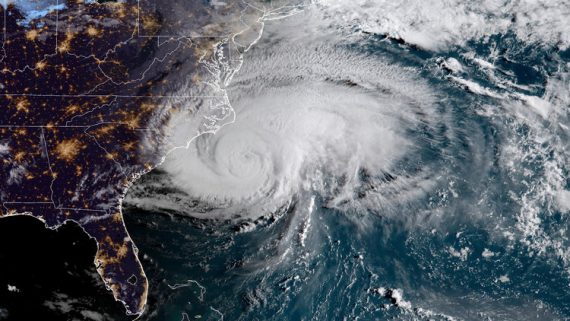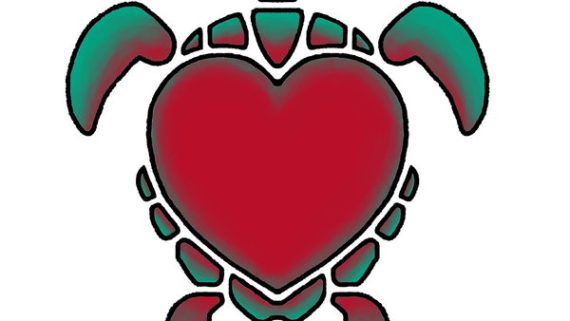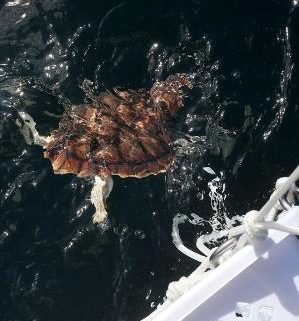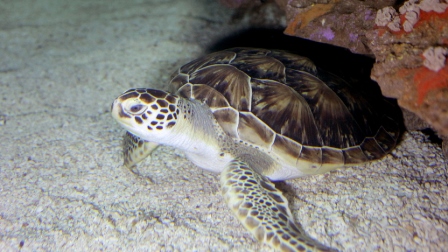What is a TED?
Do you like to eat seafood? One of many people’s favorites is shrimp. The shrimp industry not only provides us with delicious and nutritious food, but it is an important economic resource to North Carolina. Shrimp boats drag nets in coastal water to collect the sea creatures for food. Unfortunately, many sea turtles are also caught in the trawling nets of shrimp boats.
Sea turtles are reptiles, which means they have lungs like us. Unlike shrimp that use gills to breathe, sea turtles need to surface inhale oxygen into their lungs. When trapped inside a shrimp net, sea turtles are unable to do this and can drown.
Luckily, turtle excluder devices (TEDs) were invented and are used by many shrimp boats. The TED is a specially-designed opening in the shrimp net that sea turtles can swim through to escape the net, but keeps the shrimp inside the net.
There are also TEDs for diamondback terrapins. Diamondback terrapins live in the salt marshes where blue crabs live. Just like shrimp, blue crabs are an important resource to N.C. and other surrounding states. Unlike the shrimp nets, crab pots stay in one spot and wait for the crabs to eat the bait. But, the turtles are attracted to the craib bait too. Once the terrapins have entered the crab pot to eat the bait, they are not able to exit to surface to the water for air.

The bright orange rectangles attached to this crab pot let crabs in, but keep diambondback terrapins out
TEDs help save turtles. However, not all states require TEDs and even if they do, some people may not use them. Other things can be found in the nets to prevent TEDs from working properly, like trash. The accumulation of trash in the ocean can clog the opening of a TED that would otherwise let a sea turtle escape.
Picking up trash, organizing a beach sweep, or making sure you are eating seafood from a sustainable source are all great ways to help support the success of turtles and TEDs.
It is a new year, and we have updated sea turtle measurements! This week, Turtle A weighs 428 grams and measures 13.5 cm long; Turtle B weighs 575 grams and measures 15.0 cm long. Refer back to the table in this post to keep up with our weekly updated measurements. For more information on what to do with those numbers, please check out our lesson: Hatchling to Yearling.







